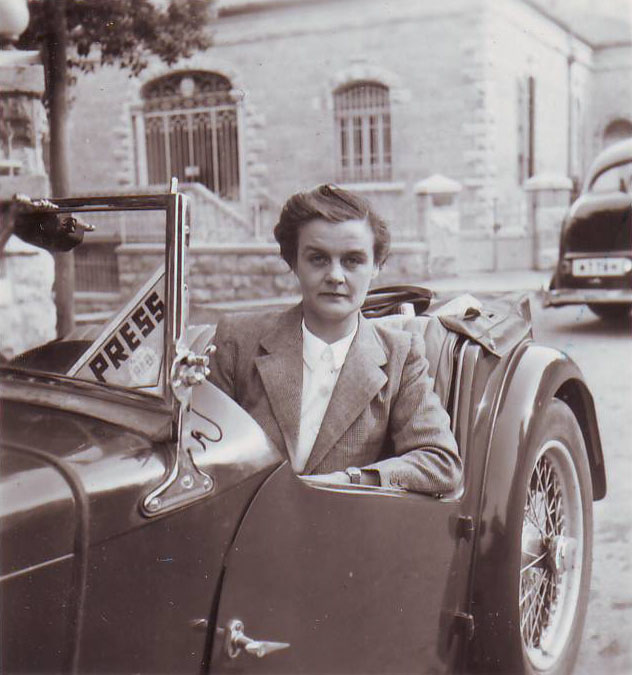
A shaft of late afternoon sun slices through the heavy air of an impending tropical storm, landing on the floor of a modest living room in the heart of Hong Kong’s former colonial district.
On a blue two-seater sofa, a tiny head and bony freckled hands emerge from the loose rumple of a red and black Chinese silk shirt. This is Clare Hollingworth, doyenne of war correspondents, who turned 105 on Oct. 10, 2016. She’s the oldest living journalist who has an association with TIME and the British correspondent who, nearly 70 years ago, got the scoop of a century.
In the first week of her career at the British newspaper the Telegraph in 1939, the then 27-year-old Hollingworth broke the news that World War II had started. Though she would continue to make her mark on front lines and front pages for more than half a century, this auspicious beginning remains her defining moment.
“Clare Hollingworth was one of the greatest reporters of the 20th century,” said Charles Moore, former editor of the Daily Telegraph, speaking at a PR event promoting Patrick Garrett’s recent biography of her life. “She got this paper’s greatest scoop.”
After the then General Bernard Law Montgomery imposed a ban on British female correspondents on the front lines in Egypt in 1942, the undeterred Hollingworth approached the Americans to get her overseas — which is how she became briefly accredited to TIME, as recorded in the Library of Congress.
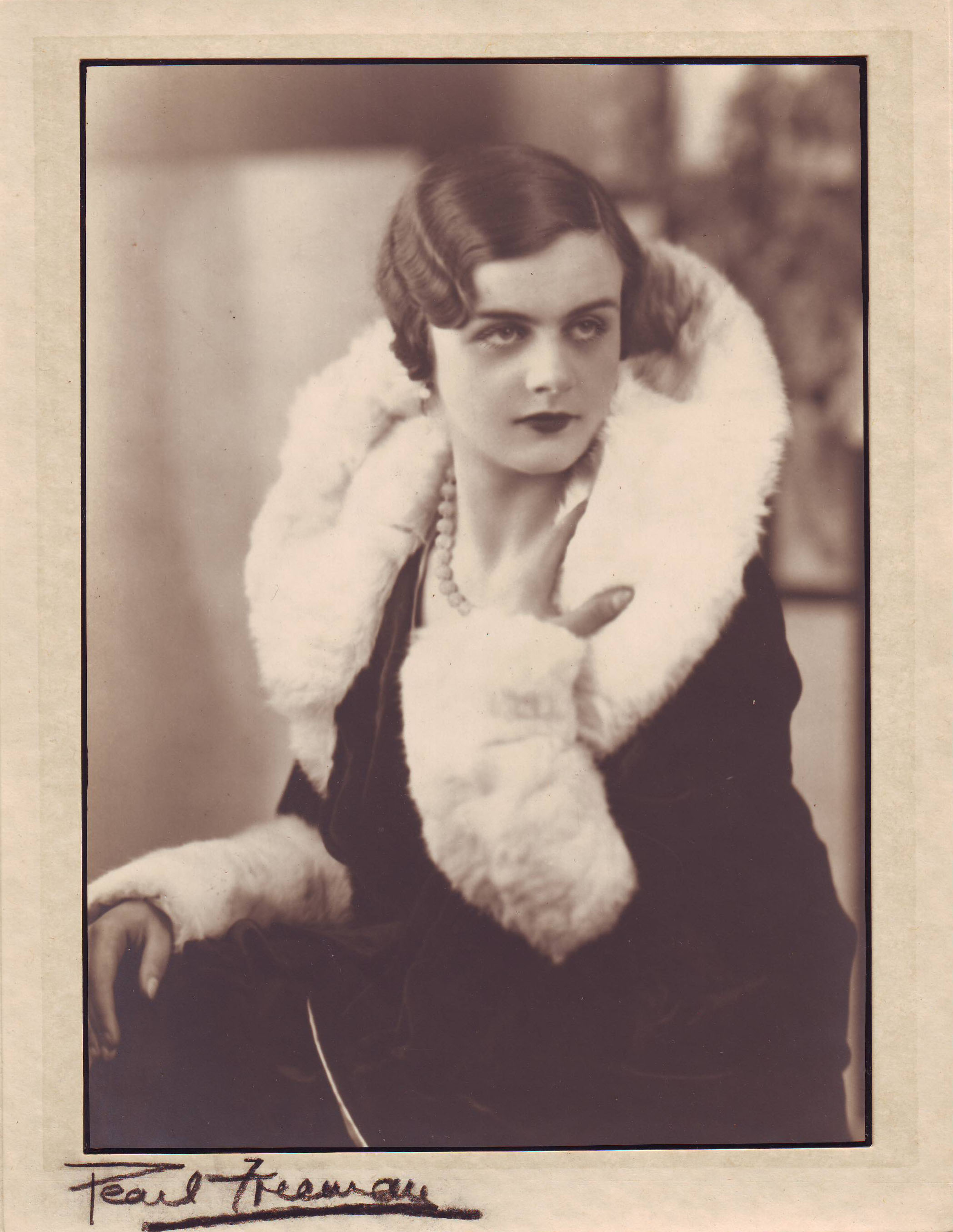
Born on Oct. 10, 1911 — the same year as Tennessee Williams, Lucille Ball and Ronald Reagan — Hollingworth was a small child when World War I began in 1914.
Throughout that war, the Hollingworth family lived on a farm in rural Leicestershire in central England, where talk of conflict wove its way into the fabric of an idyllic childhood, according to her biographer and great nephew, Garrett.
Over the course of her illustrious career, the diminutive war correspondent — she stood at 5 ft. 3 in. — would see more than 50 years of on-the-ground action, from her scoops in Poland at the beginning of the conflagration, to her coverage of the complex and bloody Algerian War. Hollingworth worked for the Telegraph for more than 30 years as foreign, China, defense and Far East correspondent and for the Guardian as foreign and defense correspondent, while covering conflicts from Europe to North Africa and Asia, including Iran, Egypt, Pakistan and Vietnam. She also wrote five books: Poland’s Three Weeks’ War, There’s a German Right Behind Me, The Arabs and the West, Mao and the Men Against Him, and her memoirs Front Line.
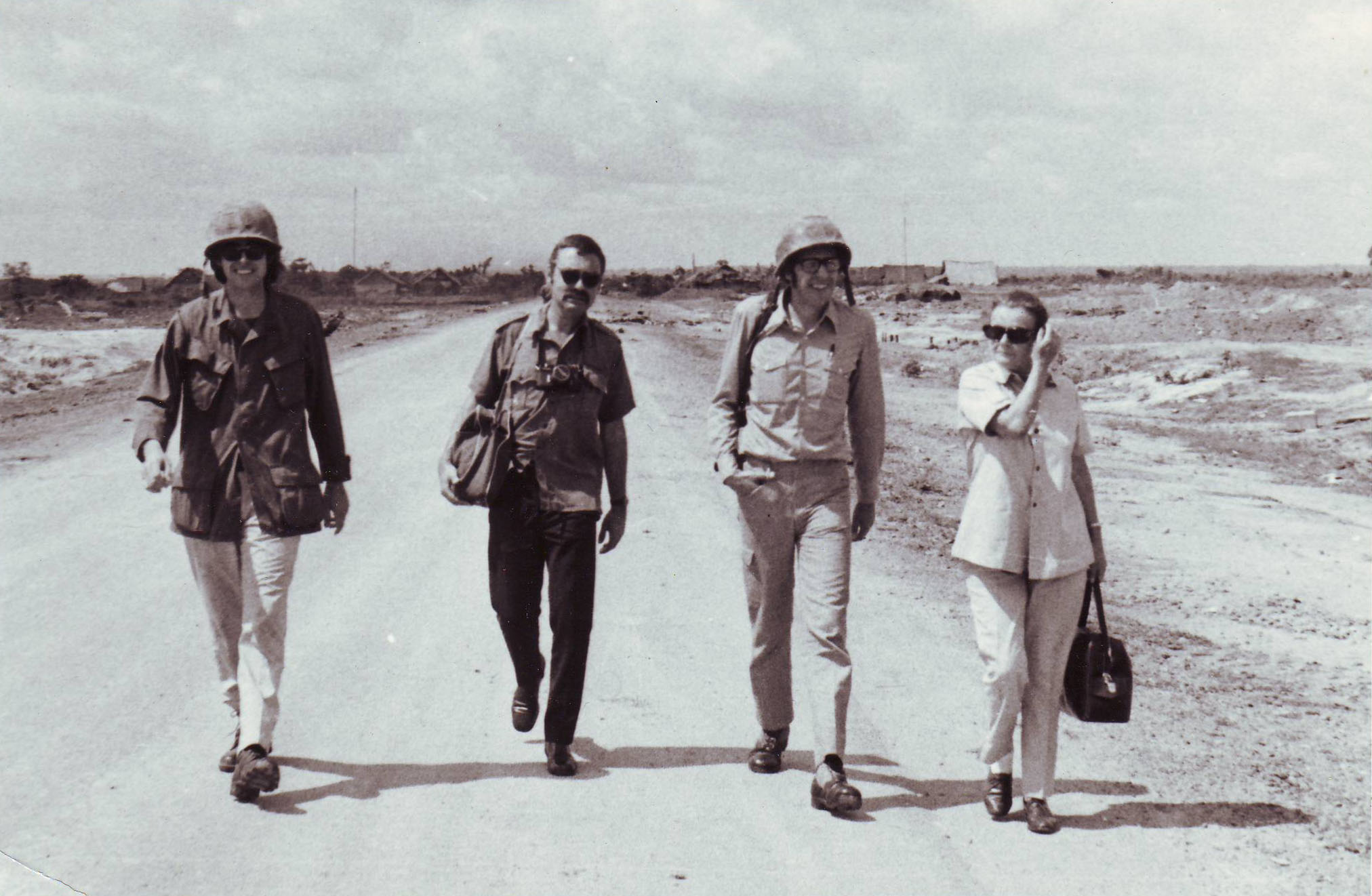
The Scarlet Pimpernel
In the year leading up to the start of World War II, Hollingworth was in Poland arranging the evacuation of more than 3,500 political and Jewish refugees to Britain, earning herself the nickname “the Scarlet Pimpernel” from Britain’s press.
According to Garrett’s biography, Of Fortunes and War, she had a natural talent for “cajoling reluctant government officials, juggling incomplete information, and managing chaotic logistics.”
Even so, her stint as a female Oskar Schindler “ended abruptly in July 1939,” says Garrett. “It is not clear exactly why,” but he believes it was down to “complaints about her methods” from British intelligence agencies MI5 and MI6.
Hollingworth had saved thousands of lives by regularly circumventing British immigration bureaucracy, which due to its heavy vetting process would have left many in the clutches of the Third Reich. Britain, however, felt she had flung the doors open to any number of potential spies and enemies of the state.
Within a month of returning to England, she had secured a job as a war correspondent for the Telegraph, and almost immediately returned back to the Polish-German border in Katowice, where she stayed with a diplomat friend from the Foreign Office.
Knowing that war may be imminent, and bolstered by the presence of a diplomatic flag, she borrowed her host’s car, and “motored off alone into Nazi Germany” to stock up on wine and aspirin. As she drove back along the border, a fabric partition separating the two countries flapped momentarily in the wind, exposing “scores, if not hundreds of tanks” in the valley below. And there was her first big scoop: the outbreak of World War II.
Three days later, at 5 a.m. on Sept. 1, 1939, Hollingworth was awoken by the sound of tanks rolling past her window. She scrambled to call her editor, as well as the British and Polish Foreign Offices, each of whom met her news with disbelief. (At this point Poland thought it was still in negotiations with Germany.)
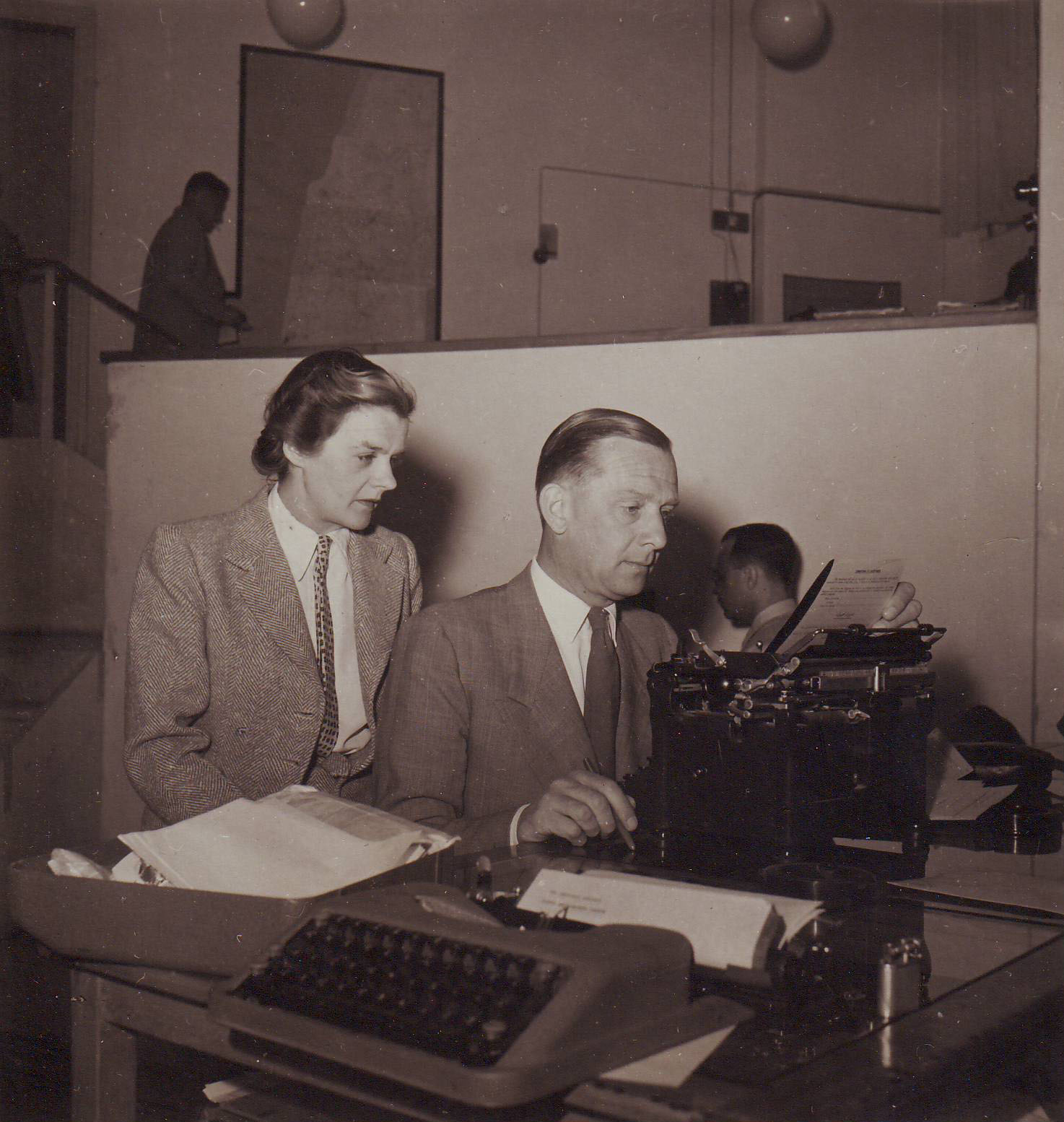
The Algerian War
Although profiles make much of her early scoops, the stories that garnered the most respect from her fellow journalists was her work during France’s bloody and intractable Algerian War from 1954 to 1962. It also won her several awards for journalism.
“Algeria was a hugely complex three-way civil war,” Garrett tells TIME. “It was also just plain dangerous.”
Hollingworth would make her way into the Casbah — the epicenter of violence. “For civilians, venturing outdoors in Algiers in 1962 verged on the suicidal,” he wrote in Of Fortunes and War. “Up to a hundred people were being killed or wounded every day in shootings.”
“Her work there consisted of a long series of analysis and insights on the situation,” says Garrett. “She gained great insight into the war by being one of the only journalists to brave the bloody, dangerous and unpredictable Casbah most days, to meet rebel contacts.”

Another Major Scoop
“Every journalist knows that luck is an important ingredient of success,” said the journalist Hella Pick, speaking in Alastair Hetherington’s obituary years later — Hollingworth’s onetime editor at the Guardian.
While another of Hollingworth’s legendary scoops could be pinned to being in the right place at the right time, it was also a result of her wide-ranging network of contacts. The revelation of double agent and “master spy” Kim Philby, whom the BBC recently called “Britain’s most famous spy,” caused a sensation in Britain.
Philby was the “third man” to be identified in a group that later became known as the Cambridge Five: five trusted establishment figures who had been recruited as Soviet spies, had attended Cambridge University in the 1930s and had managed to exist undetected for decades.
Philby had risen up the ranks of MI6 while siphoning its secrets directly to the KGB. He defected to Russia in 1963 when he feared his deception had been uncovered. Philby inspired Graham Greene, his former M16 colleague, to write the screenplay of film noir The Third Man starring Orson Welles.
Hollingworth had encountered Philby several times over the years, and had particularly known that he was close to Donald Maclean — the first of the Cambridge Five to be identified, along with Guy Burgess. Hollingworth and her second husband Geoffrey Hoare had lived next door to the Macleans in Paris. When Maclean’s wife Melinda had said that her husband and Philby were close, Hollingworth “joined the dots,” as Garrett puts it.
While it was known Philby had disappeared, Hollingworth discovered the modus operandi of his defection “by accident, I admit,” she told journalist Sue Lawley, on BBC Radio in 1999. “I was looking through a boring magazine about shipping, and I saw that a ship had left Beirut [where Philby was last seen] for Odessa at the time he had disappeared.”
Hollingworth’s discovery was so sensational that her editor at the Guardian, Hetherington — whom she had been freelancing for since 1963 — refused to run the scoop for fear of being sued for “a hefty sum.” He said the paper “wouldn’t dream of ever using the story,” since “the Prime Minister … had already stated the Philby was ‘not — repeat not — the third man.’” However the Guardian did run the story two months after she had first written it.

Her Hong Kong Family
In 1973, Hollingworth was sent to China to become the first Beijing-based correspondent for the Telegraph. She stayed there for three years, eventually moving to Hong Kong in the 1980s — when she was in her 60s — as the Telegraph’s Southeast Asia correspondent.
“When I became editor of the Sunday Telegraph in 1992, Clare was still writing for us, covering China from Hong Kong,” said Moore, speaking in the Press Gazette in 2015. “I often had cause to draw on her wisdom and knowledge. She is a legend in journalism and was a trailblazer for women reporters.”
Now 105, Hollingworth still lives in Hong Kong, in an apartment in clear sight of the Foreign Correspondents’ Club (FCC). She has never officially retired — “Clare’s table” at the FCC is still reserved for her every single day, in case she turns up for lunch or dinner.
“If they want it, they usually call us and ask if she’s coming down,” says one of her carers, Susan Perez.
When she visits — which happens roughly once a month, according to Perez — the back door is flung open and she is wheeled to her special table with her small entourage of carers and close friends. “Her Hong Kong family,” longtime friend and former carer Joan Boivin says.
“The FCC is a home from home for its members. It is a knitted community. These people are our family.” Hollingworth always had a crew of loyal friends and carers, says Boivin, among whom was the war photographer Hugh Van Es, famous for his image of American families trying to escape by helicopter at the start of the Vietnam War.
But the onset of macular degeneration in 1995 meant not only that she could no longer work, but she could also no longer read her beloved newspapers. So, over the years, friends morphed into reading assistants, and in some cases such as Boivin, reading assistants became personal assistants, and then finally carers.
Fellow FCC member Cathy Hilborn Feng remains in charge of Hollingworth’s care to this day, while Perez and Helen Penaranda take care of her day-to-day needs. (Boivin moved back to the U.S. to take care of her elderly parents.)

Her Legacy
For the young journalists who frequented the FCC in Hollingworth’s later years, her minuscule physical form still made for an imposing figure. “I remember people saying that she was maybe a spy,” says TIME’s Africa bureau chief, Aryn Baker, who began going to the club in 2001 when Hollingworth was in her late 90s.
“I never spoke to her because I was too timid. She didn’t invite people to come and speak to her, but her presence was an assurance that it could be done and would be done, that I didn’t have to listen to people saying, ‘Don’t you want to stay in the office and do fact checking?’”
On Monday, Hollingworth celebrated her 105th birthday in her home from home at the FCC. Despite having suffered a series of strokes, heart attacks and the onset of dementia, she is still walking, with assistance, around her apartment. “It’s her burning desire to be at the center of everything, that’s what keeps her going year after year,” says Garrett.
“She was the first female foreign correspondent to break the glass ceiling so that someone like me can do what I do now,” says Baker. “It’s only fitting that she is still alive to see the election, I hope, of the United States’ first female President.”

“Clare is a prodigy, one of those extraordinary people who has not recorded history but helped to make it,” journalist, author and newspaper editor Max Hastings told TIME before Hollingworth’s 105th birthday. “She was a pioneer among women journalists, and among the first generation of women war correspondents, who proved that they needed no example from men either in reporting gifts or courage.”
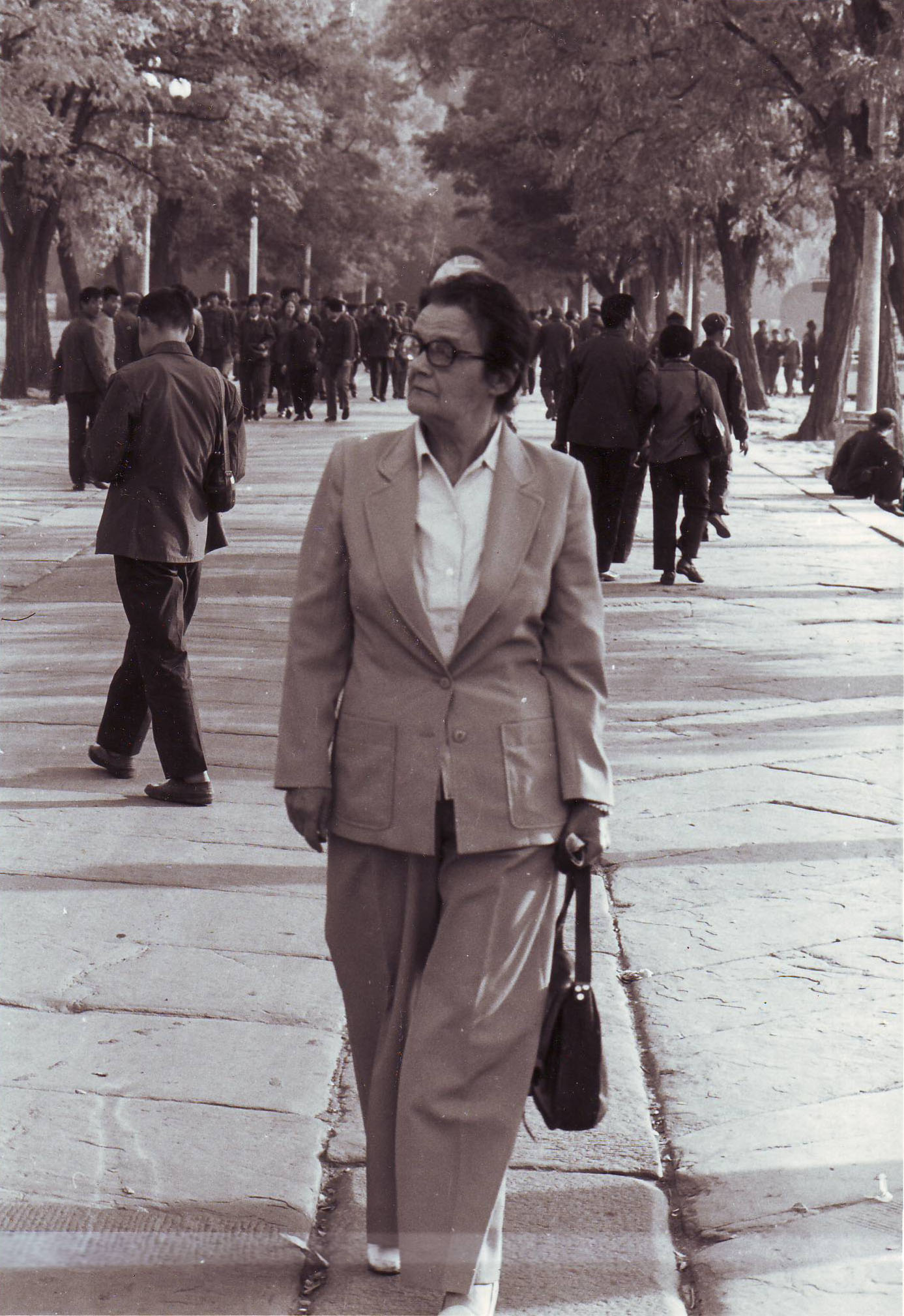





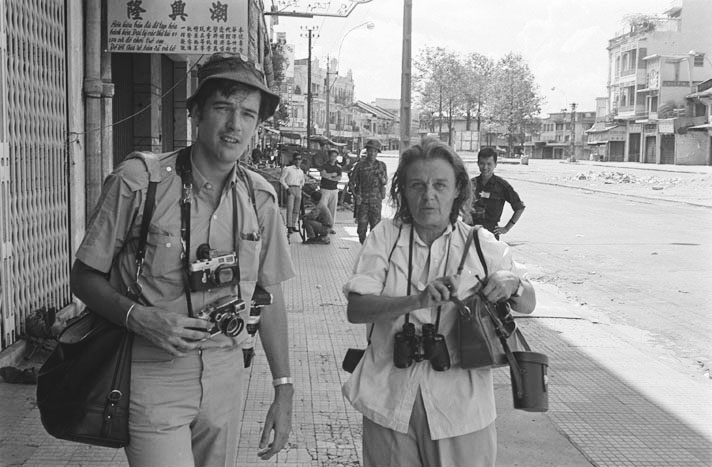



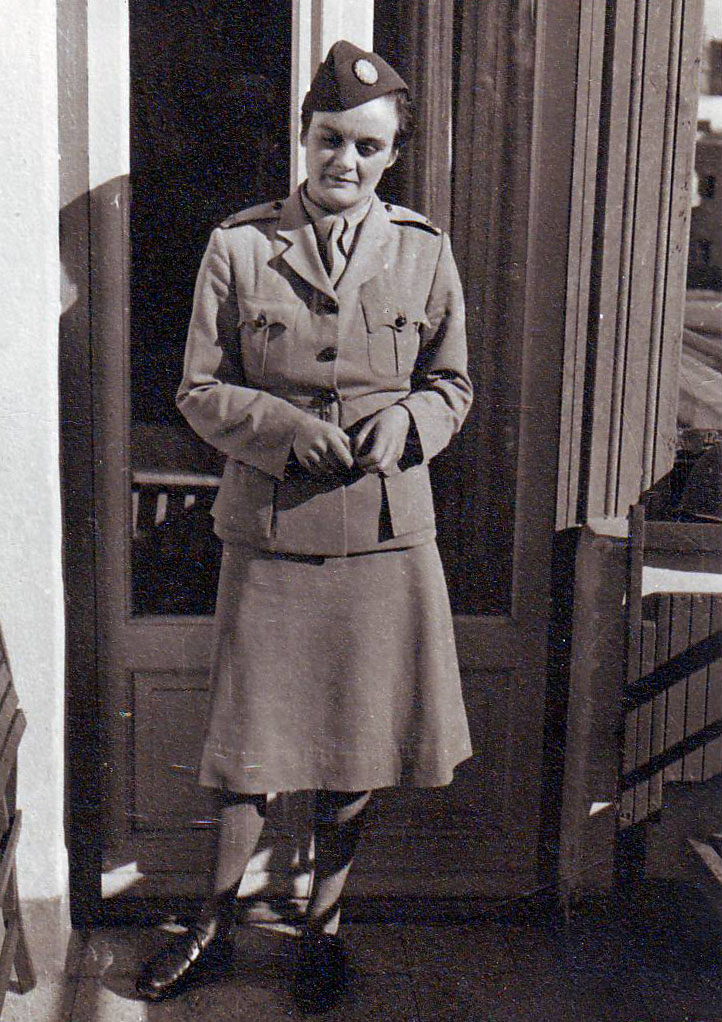




More Must-Reads from TIME
- Inside Elon Musk’s War on Washington
- Why Do More Young Adults Have Cancer?
- Colman Domingo Leads With Radical Love
- 11 New Books to Read in February
- How to Get Better at Doing Things Alone
- Cecily Strong on Goober the Clown
- Column: The Rise of America’s Broligarchy
- Introducing the 2025 Closers
Contact us at letters@time.com